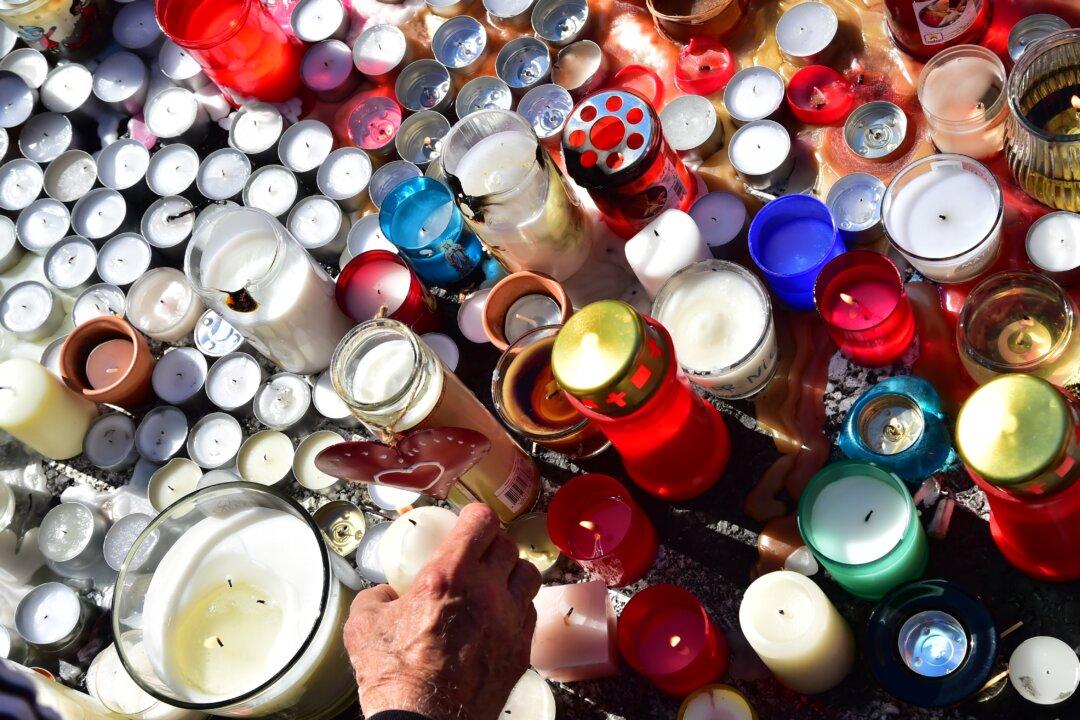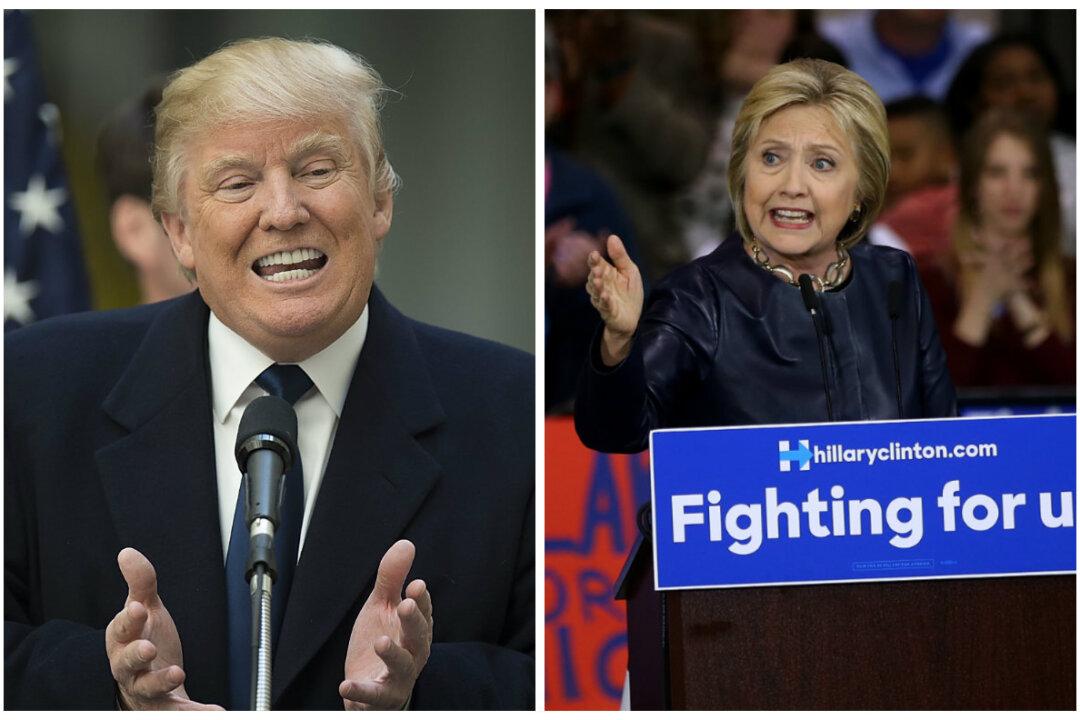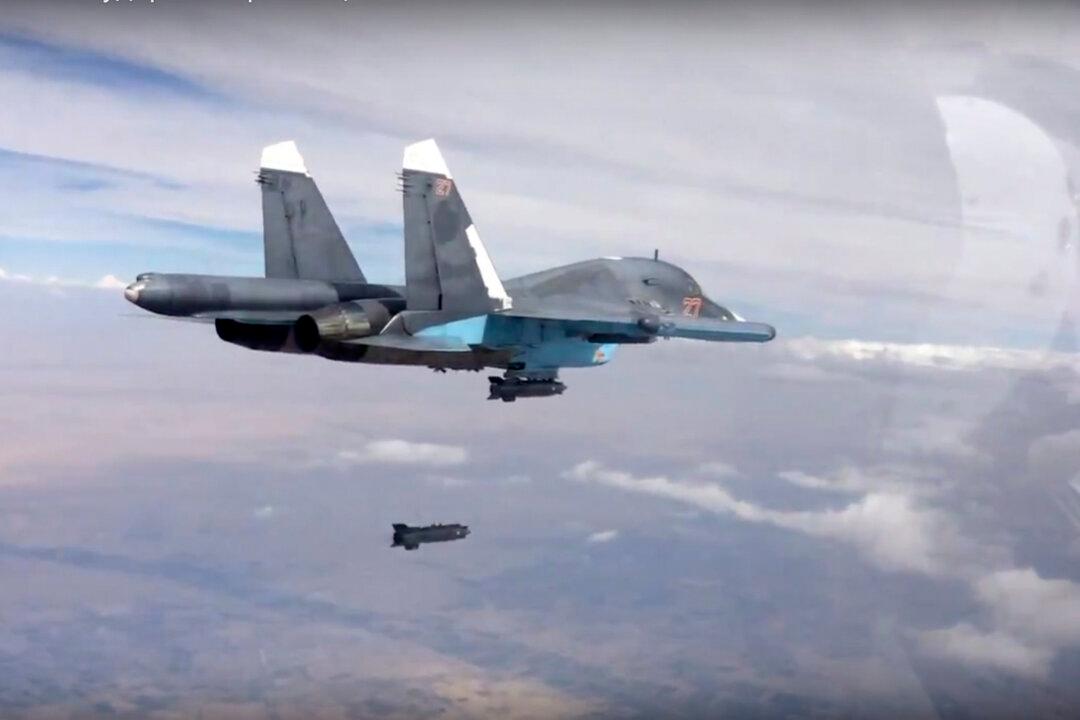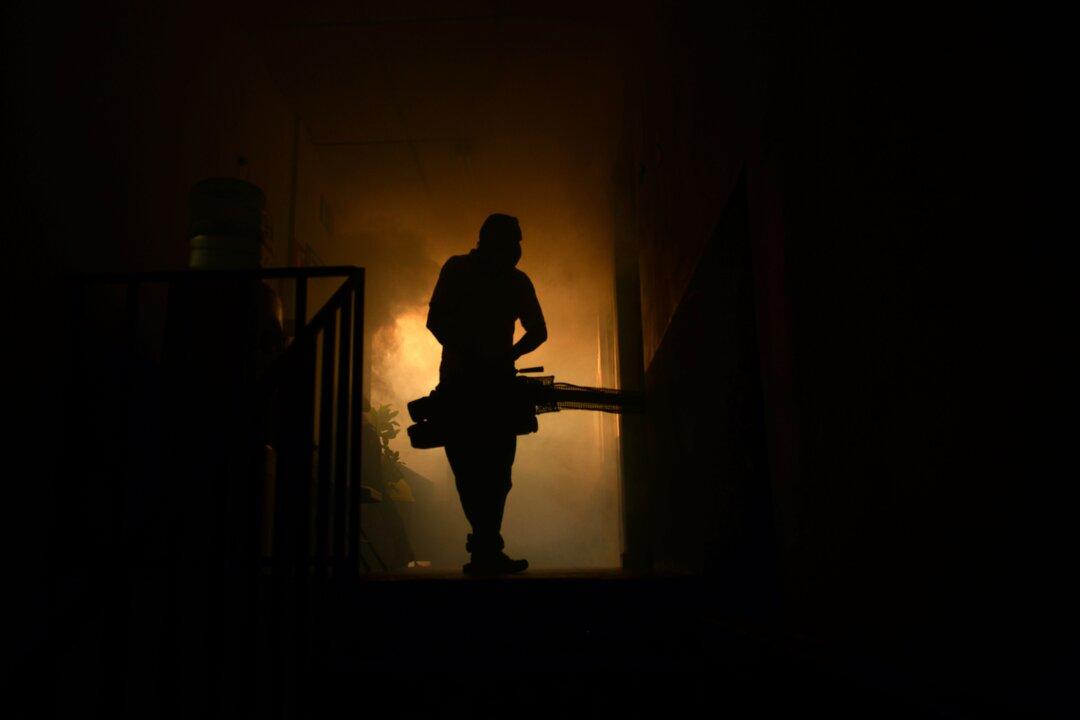Last night, we sat toasting Bastille Day, and watching a glorious fireworks display at the Eiffel Tower from our window. We were joyful, oblivious to the events unfolding in Nice, almost 600 miles away. I had been cautious as we had walked the streets of Paris early in the day, mindful of the symbolic significance of an attack in the French capital on the country’s independence day.
But I was reasonably confident that Paris security forces could guard the crowds assembling for one of the most important events of the calendar after a month of watching them scrutinize the crowds at the fanzone in Paris during Europe’s premier soccer competition, which was located less than a quarter of a mile away from our apartment.
Tragically, the attack in Nice demonstrated once again that open societies have so many vulnerable targets that the opportunities for carnage are numerous.
France has become the epicenter of terrorist violence in Europe because, in my view, of three factors. First, it still has the largest Muslim population in western Europe—at over seven percent of the population. Second, that population has become disaffected by years of economic neglect and resulting poverty. And third, France has pursued aggressive policies against jihadists in North Africa and the Middle East.
The overwhelming proportion of that Muslim population has either remained passive or engaged in democratic debate over these issues. But, in tandem, these factors have provided the environment for a minute, disaffected, homegrown and radicalized fringe to develop. And—as attacks from California and Dallas to Brussels, Paris and Nice demonstrate - it doesn’t take many people to cause chaos.
Authorities have identified Mohamad Lahouaiej Bouhel, a 31-year French-Tunisian as the attacker. There is no evidence yet of how many others orchestrated the attack. But the question of how to guard against such mayhem remains one of the insoluble problems of modern western societies.




